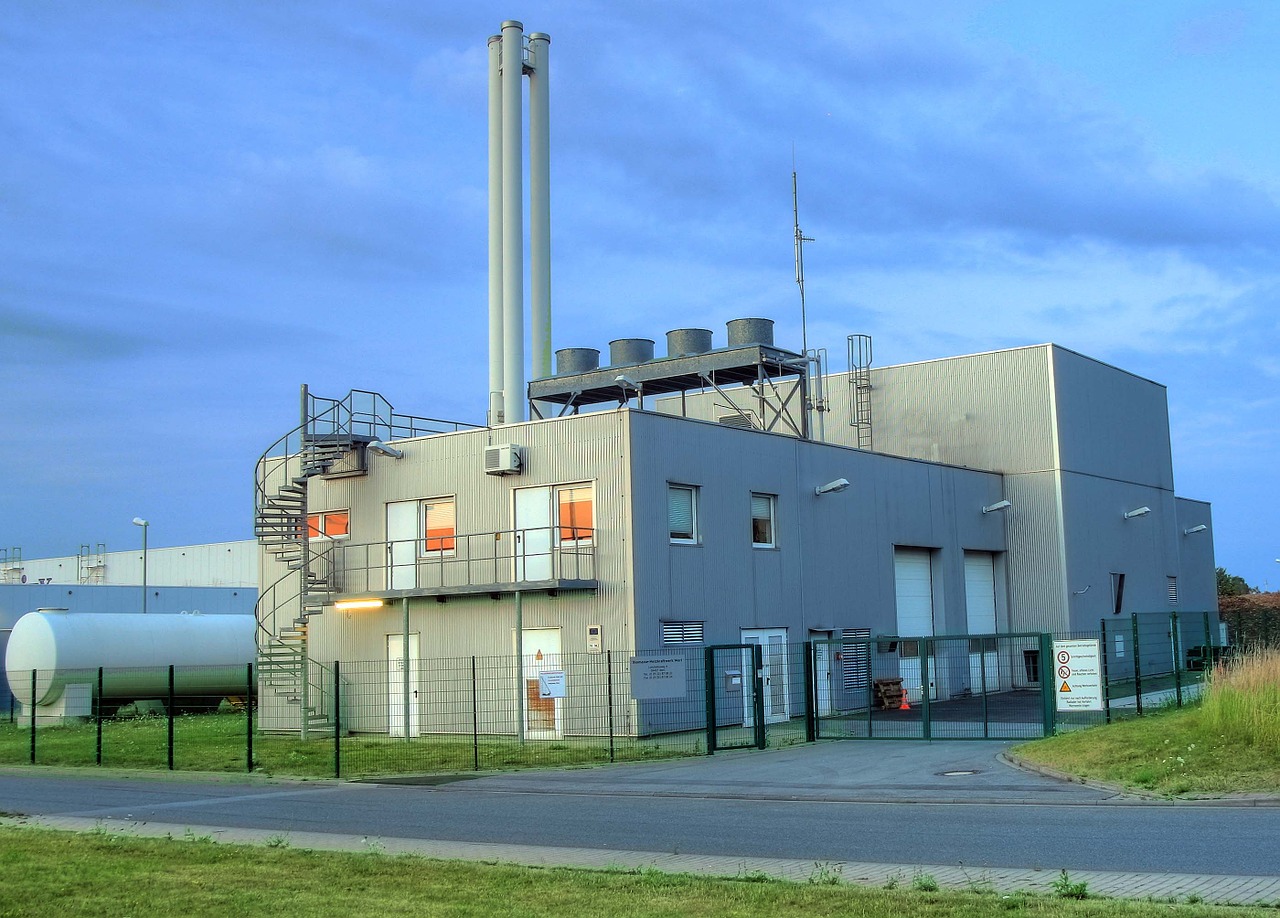Torrefaction : The Key for Increasing Efficiency in Biomass Power Plant
Indonesia is currently targeting the acceleration of national energy development in accordance with PP. 79 of 2014. Regarding that target, the government is starting to empower many of potential EBT sectors, such as PLTBm. Biomass sector is targeted to contribute in some portion of our energy supplies around 2% – 5% by 2025. With its geographical location on the equator, Indonesia’s tropical climate allows biodiversity to nourish, enriching the variety of biomass sources as alternative supplies in this emerging biomass energy cultivation. On the other hand, Indonesia is also a country with the largest crude palm oil (CPO) production in the world, with a total production of 47 million tons in 2019. Regarding this fact, researches nowadays are focusing on waste based-biomass from empty oil palm bunches as an alternative, despite the high cost pre-treatment process, uniformity of composition, and low calorific value. To be able to use it as a fuel, it is necessary to have a method to improve its quality. This biomass contains 55% – 60% lignocellulosic material, and has a proximate energy value over 4,492.11 Kcal/ton. Torrefaction is a thermochemical pre-treatment process for biomass materials, an adjusted pyrolysis method for organic-based materials that is partially controlled and generally occurs at a temperature range of 200-300 ° C in atmospheric pressure. This process is widely used for the necessity to upgrade biomass quality to higher heating value, energy density, combustion efficiency and lower humidity. The torrefaction process on empty fruit bunches may utilize residual heat from low pressure steam effluent system. Oil palm’s empty fruit bunches with high humidity level around 70% are torrefied with Heat Air Dryer (HAD) and Superheater Steam Dryer (SSD) unit before being used as biomass fuel. During the drying process, empty fruit bunches experience a decrease in water content through heating process by hot air or steam. In the HAD unit, the output can achieve a humidity level of 57% and with a total efficiency level of 92.7%. On SSD units, the output can achieve up to 18% moisture reduction with an efficiency rate of 90.2%. The combination of the torrefaction process through HAD and SSD by utilizing waste heat from steam can maximize the quality of biomass. This method ,in exchange of additional capital cost, will yield a promising higher return resulted from lower transportation cost and longer boiler lifetime.
Share This Article



